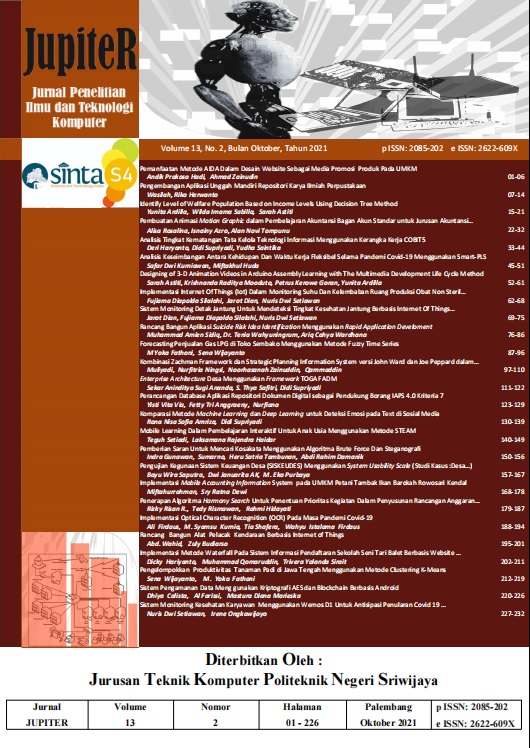Enterprise Architecture in The Village Using TOGAF ADM Framework
DOI:
https://doi.org/10.5281/3473.jupiter.2021.10Abstract
Sudagaran Village is one of the villages that has implemented Information Technology (IT) to support business processes and village government operations. One of the business processes that utilize IT is a letter request service, using the SMARD application. However, in the business process for the letter application, the community must come to the Village Hall to collect the required documents and fill out the letter application form. This process is considered less effective. So that the village government expects the planning and development of a better and more effective information system, which can be accessed by the community starting from collecting files, filling out forms to receiving/downloading letters without having to go to the Village Hall. An enterprise architecture is needed for the design of the Sudagaran Village information system, which is focused on the business processes of 5 types of mail services, namely Letter of Introduction, Certificate of Population Move, Cover Letter of SKCK, Certificate of Underprivileged, and Business Certificate using TOGAF ADM. This study uses 6 stages of TOGAF ADM, namely the Preliminary Phase to Phase E – Opportunities & Solutions because it focuses on planning. This study resulted in an EA document containing business artifacts, data, applications, and technology made using Sparx, which can be used as a guide for Sudagaran Village to support the smart village concept in Banyumas Regency.







